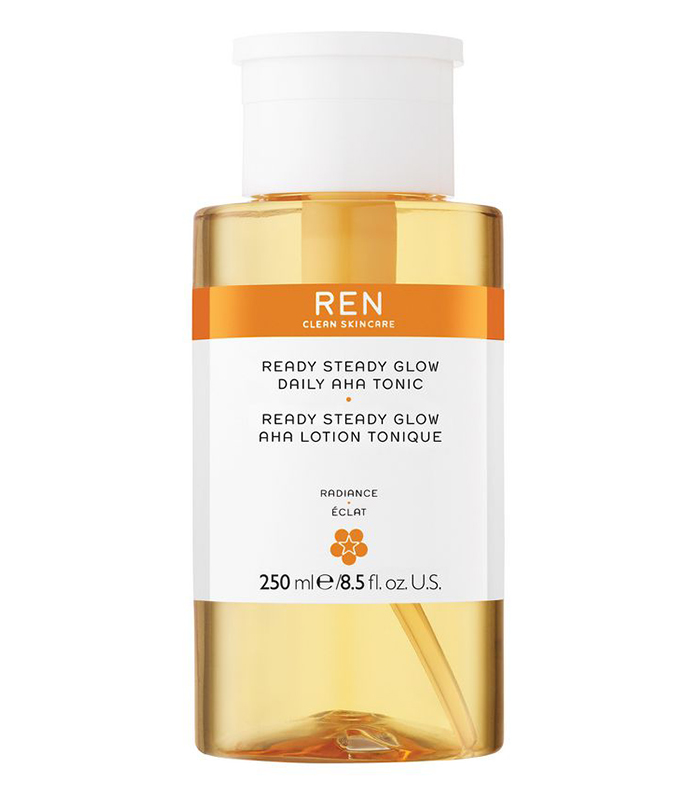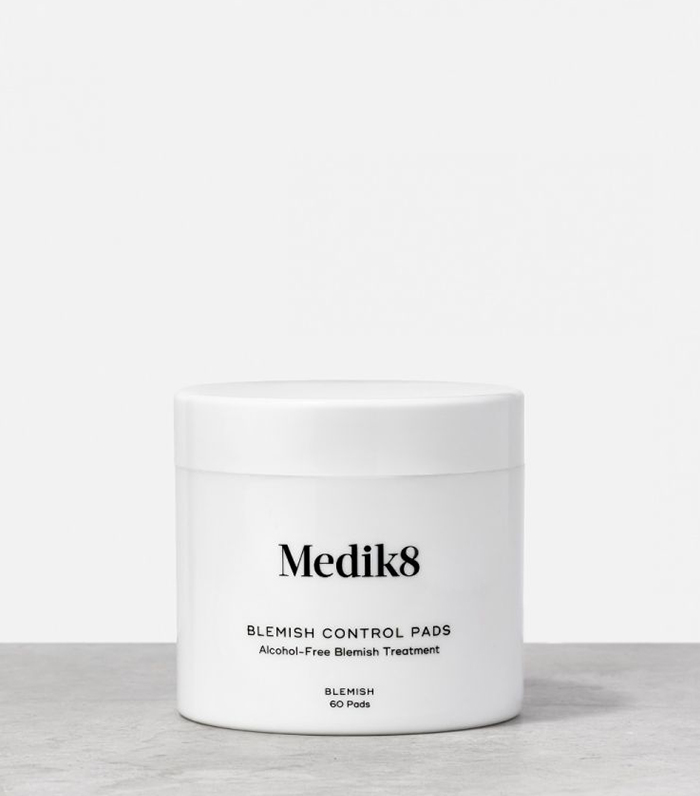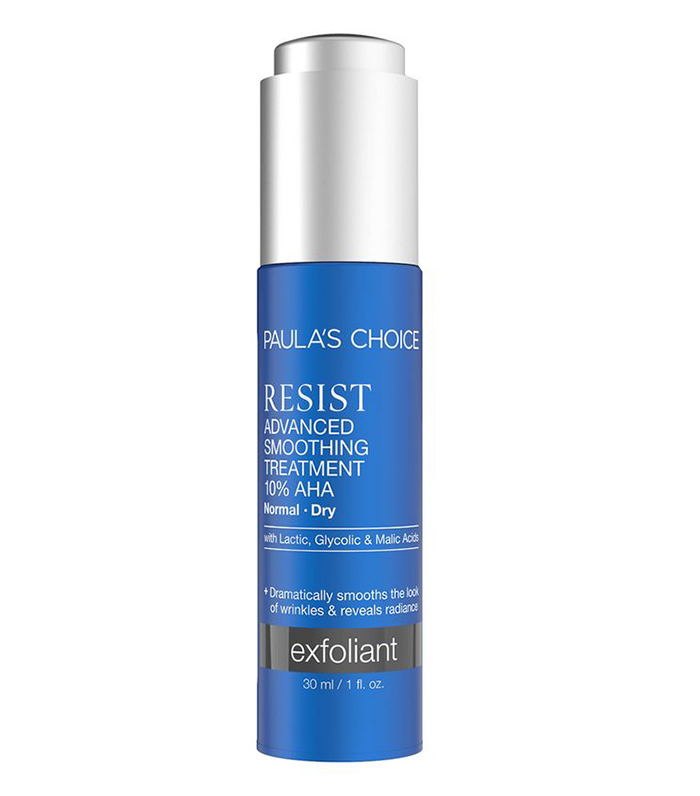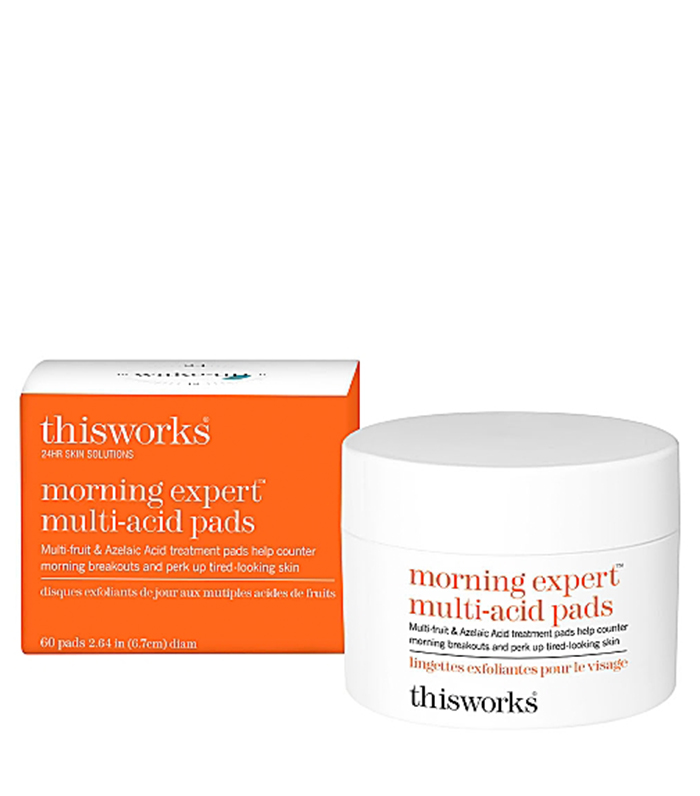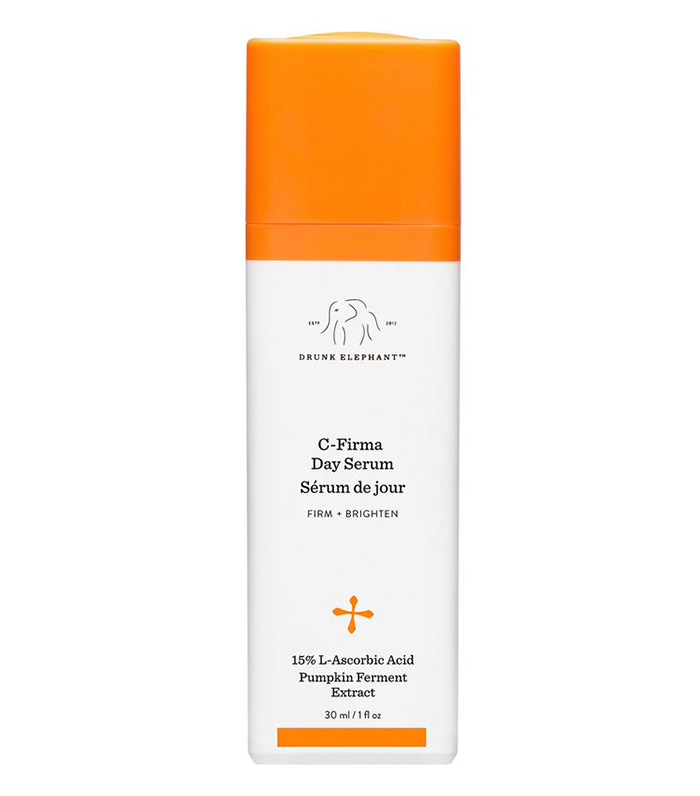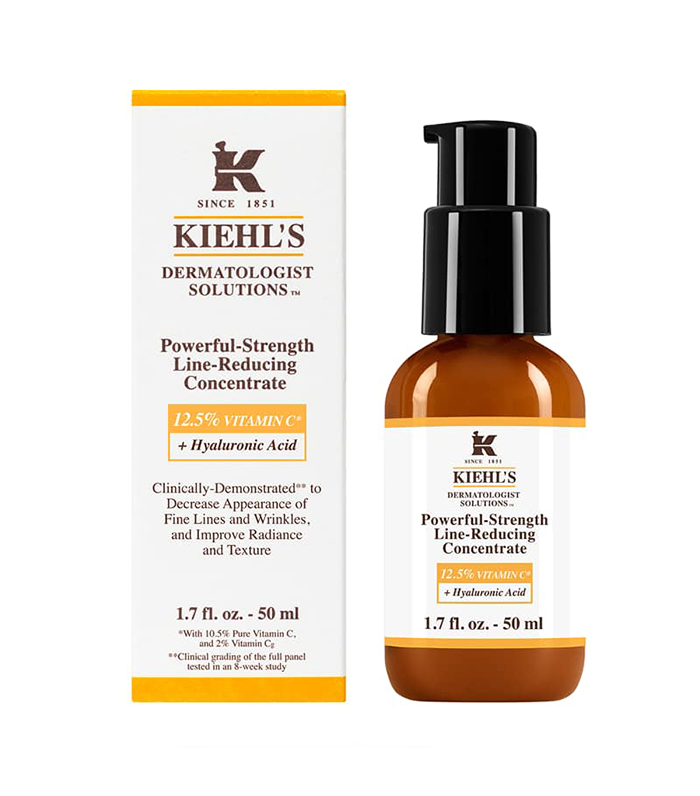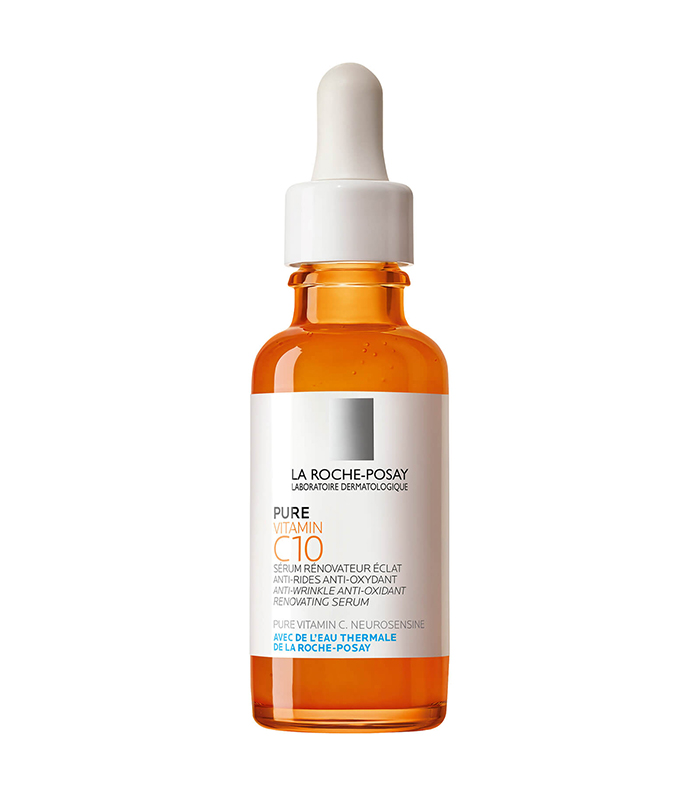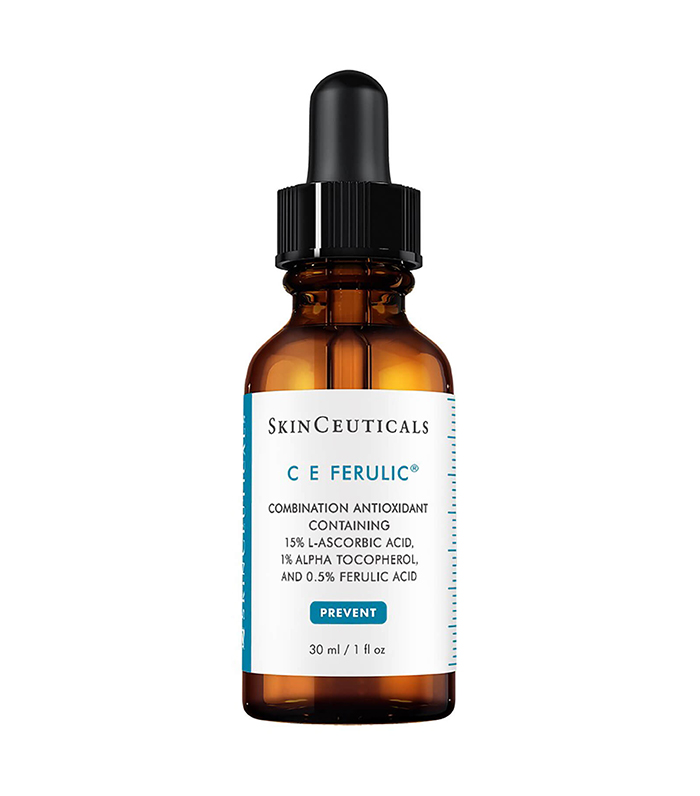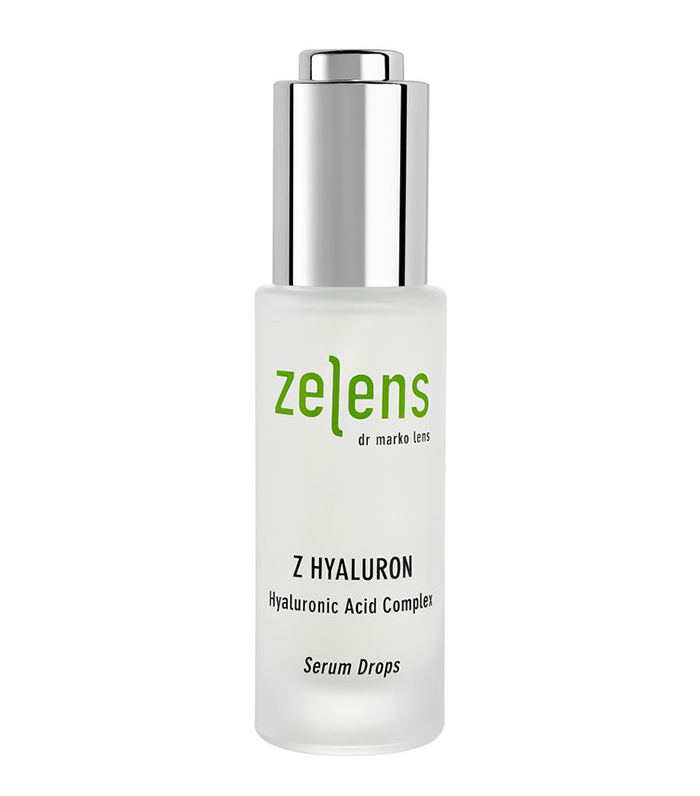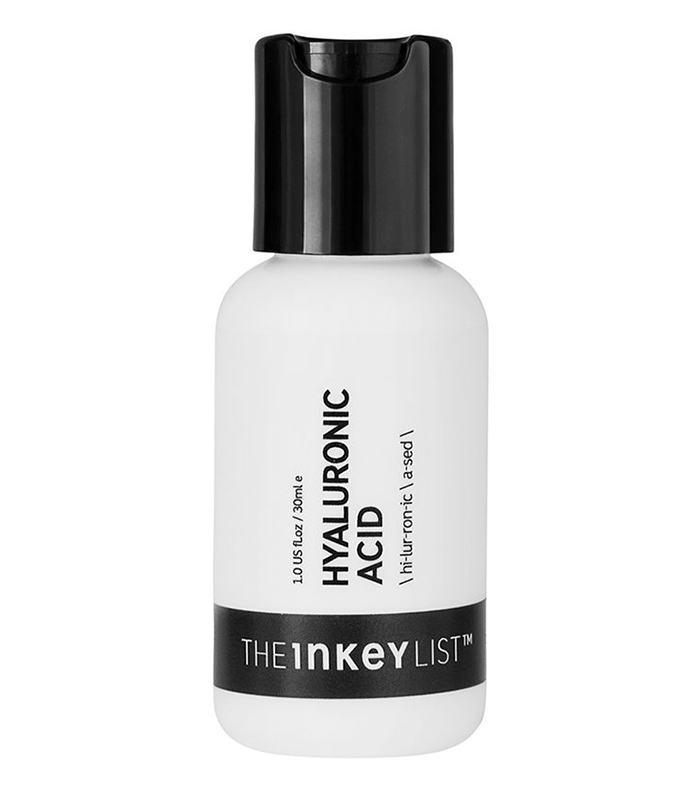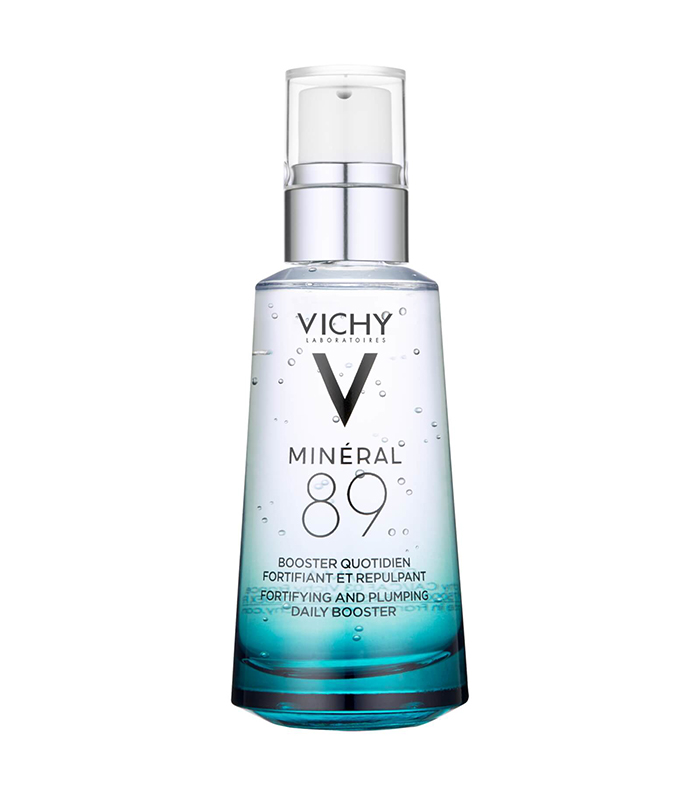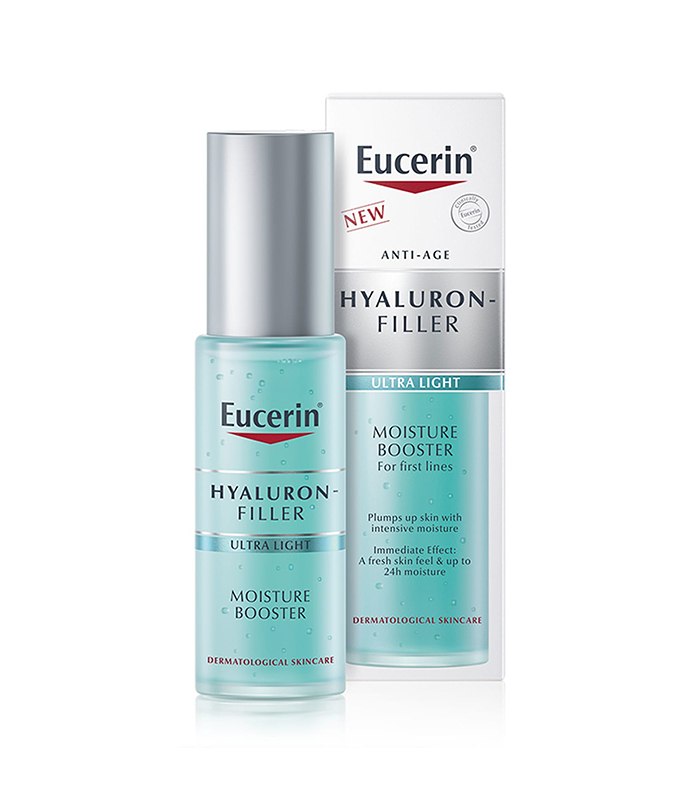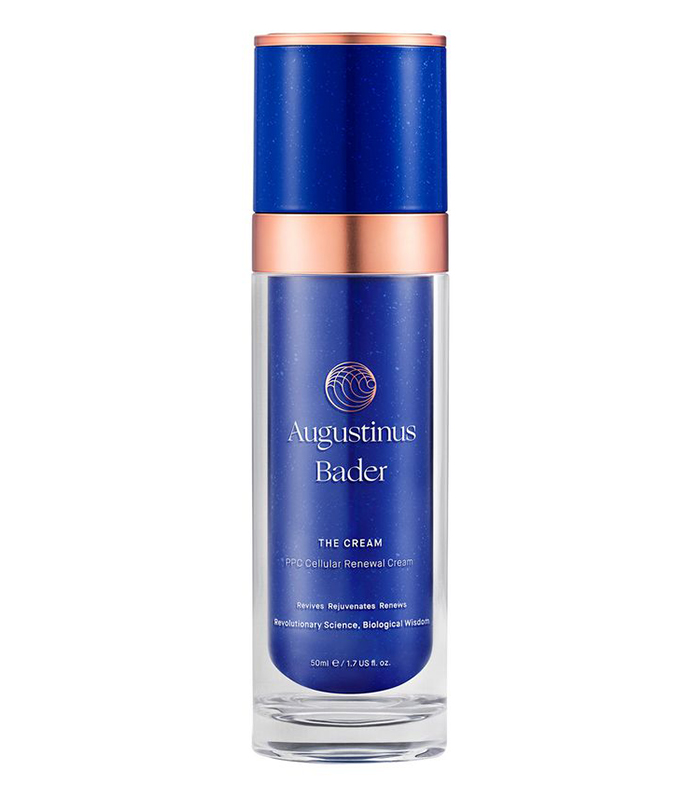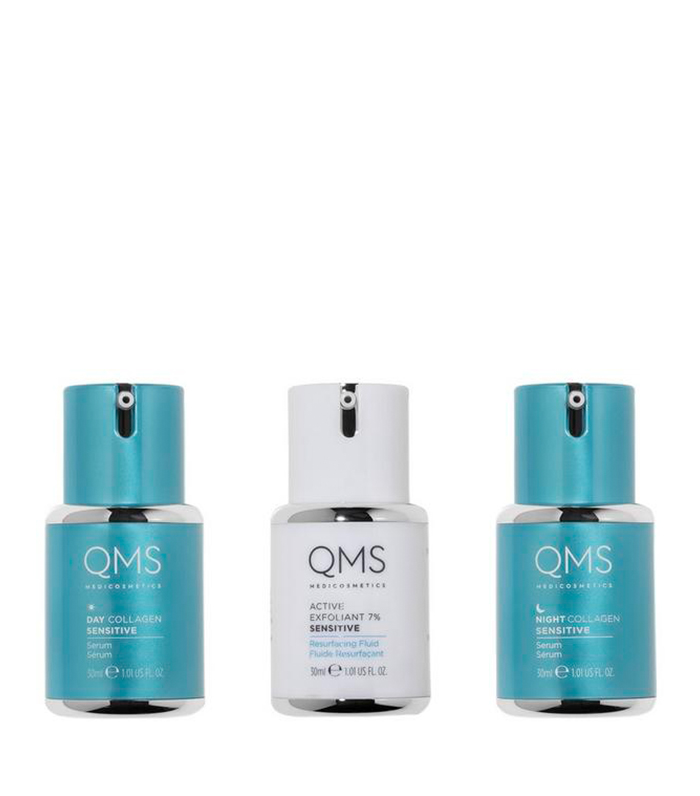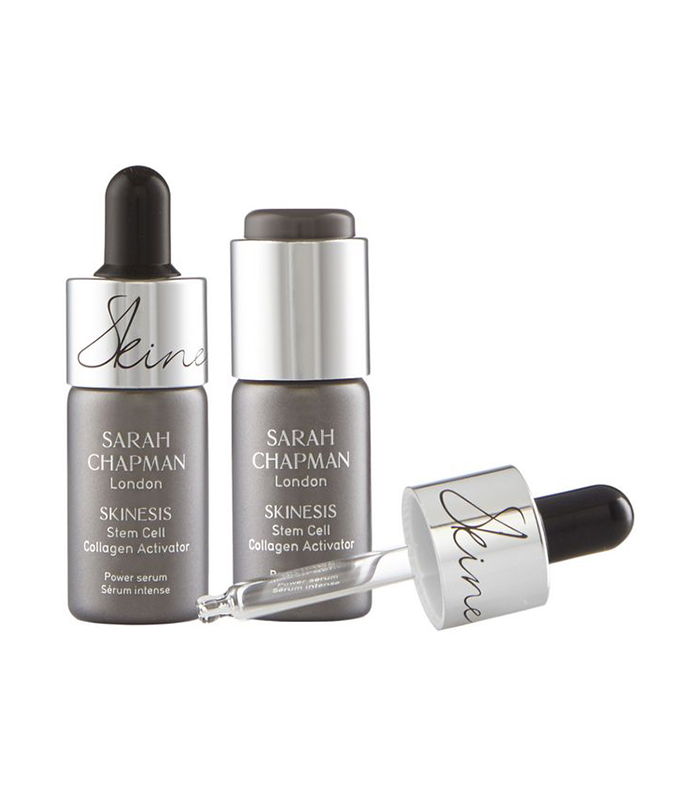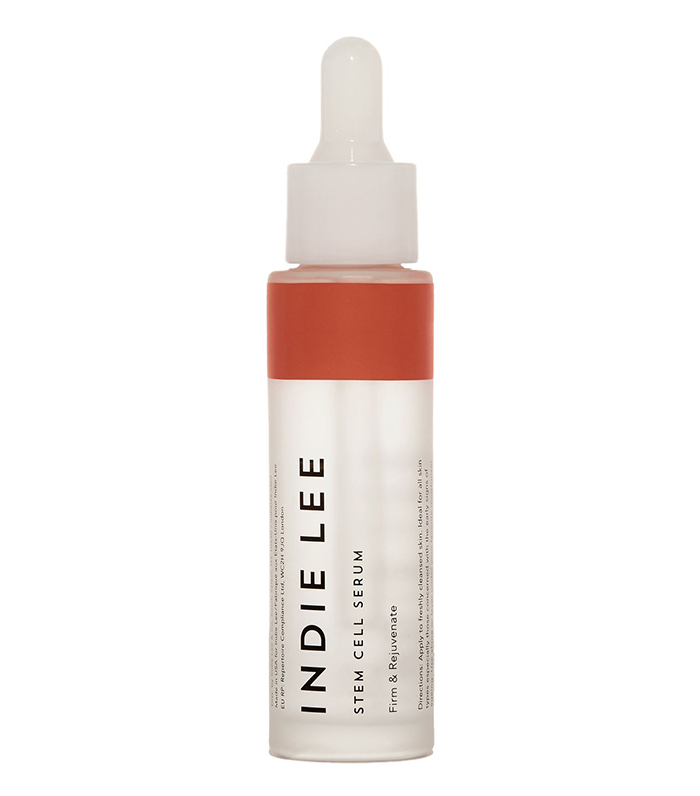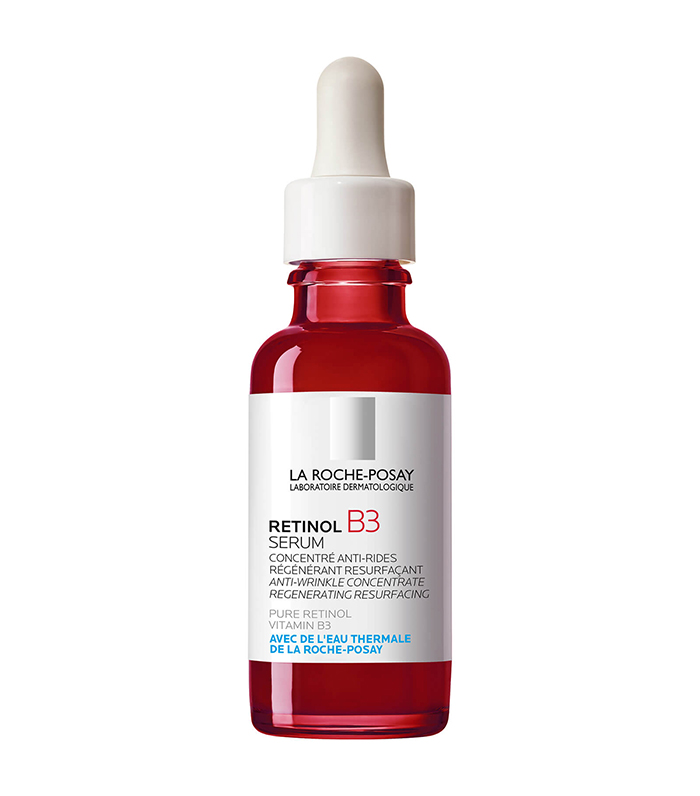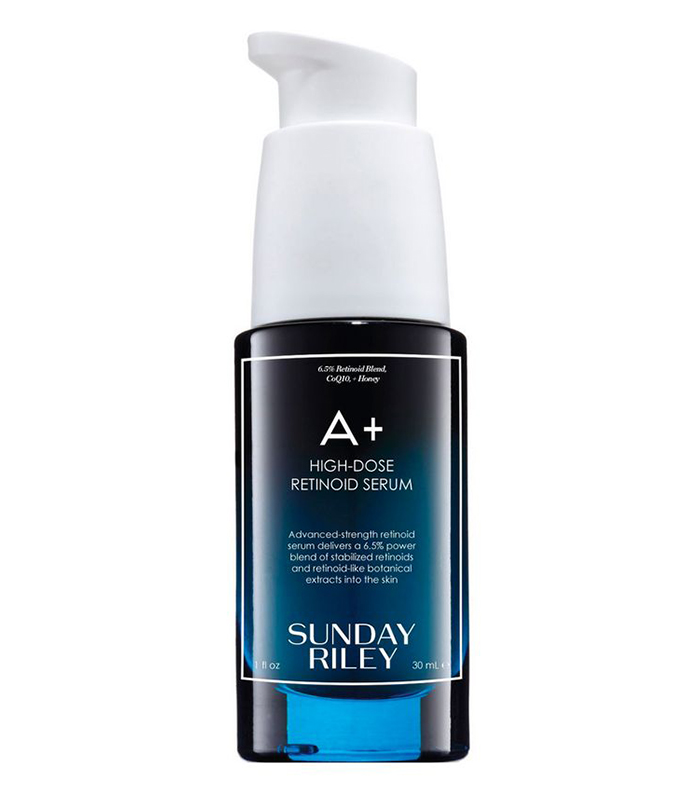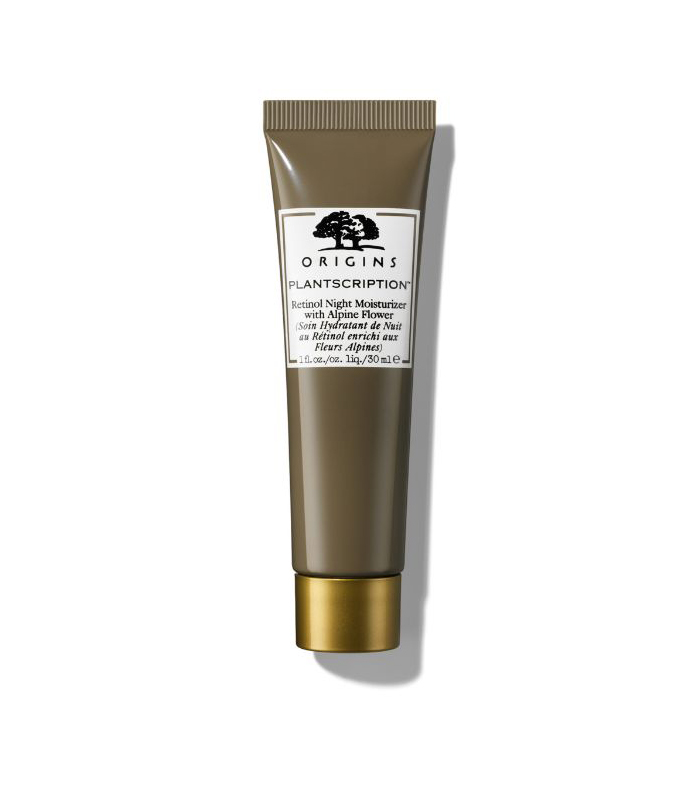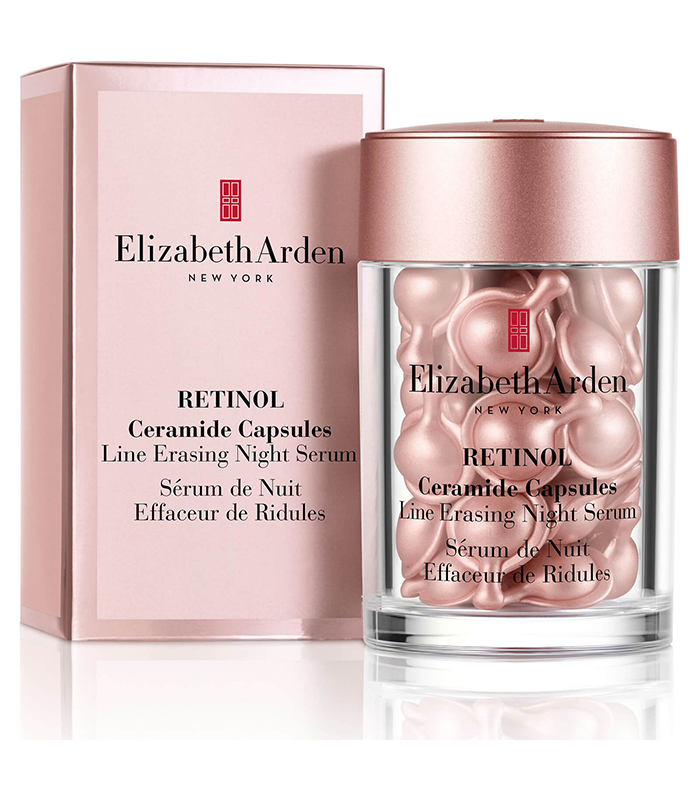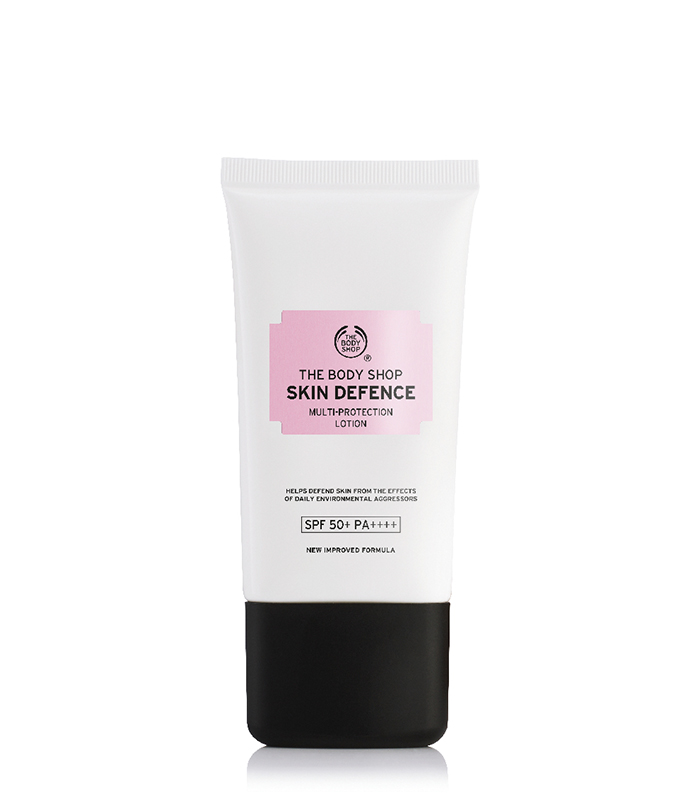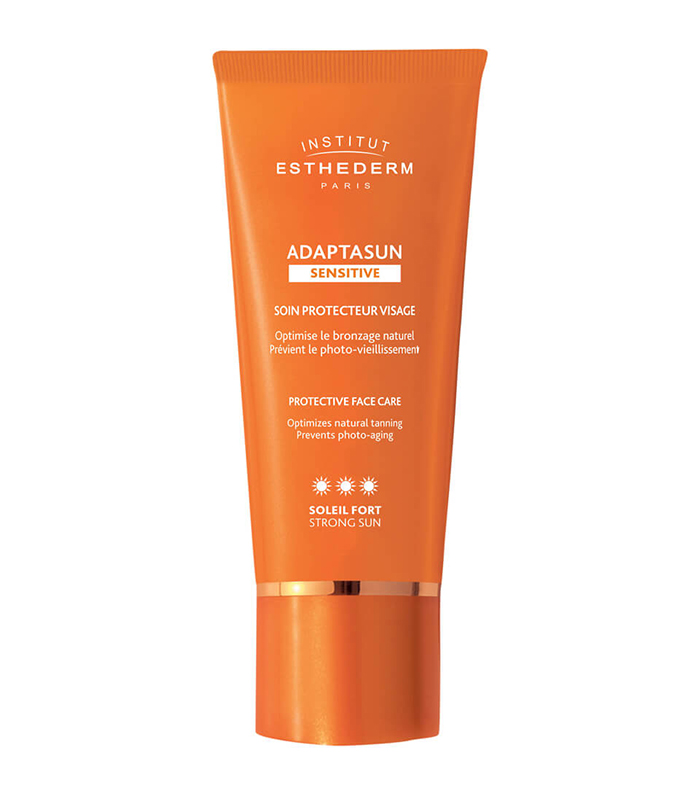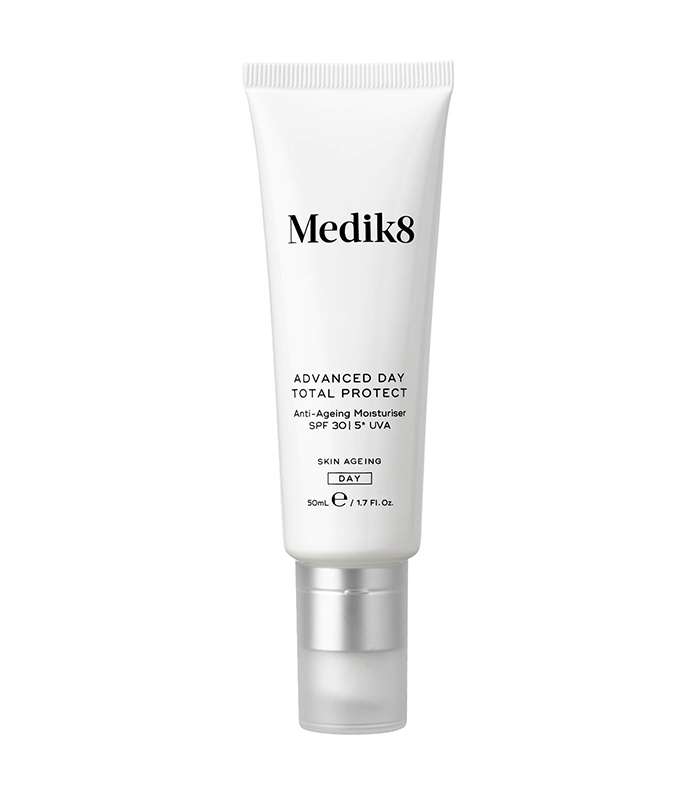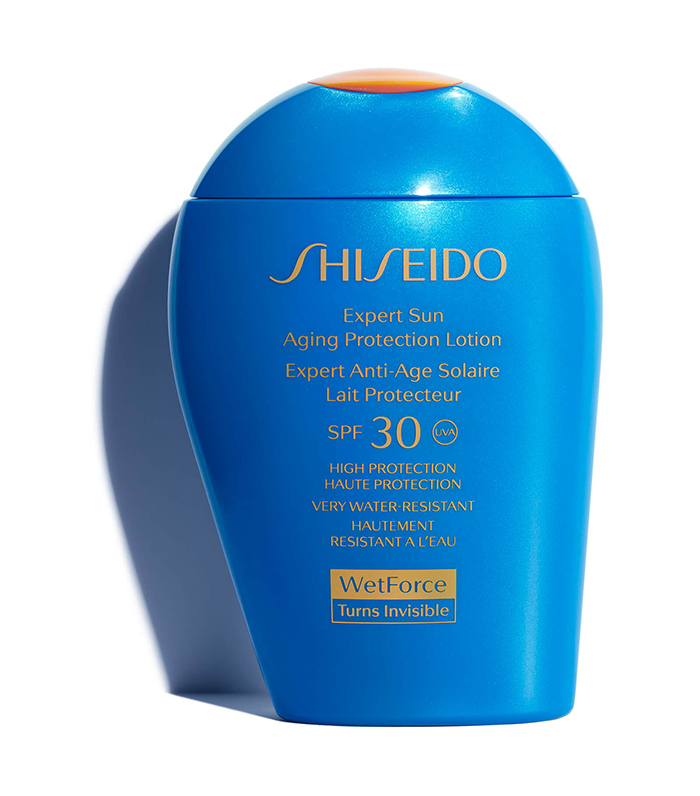The 6 Skin Products Experts Say Every 30-Something Should Have in Their Routine
There’s no doubt that as we get older, our skin's wants and needs begin to change. While skincare routines of our late teens and early twenties might have focused heavily on oil-absorbing products that worked to keep breakouts in check, as we enter our thirties, it’s likely that other, more pressing skin issues start cropping up. For instance, spots of pigmentation might start surfacing, fine lines may begin to form and skin that was once plump and glowing could appear lacklustre and dull.
The sorry truth is that as we enter our thirties, all of the stuff that makes our skin naturally healthy starts to deteriorate. "By the time we get to our thirties, we have around 50% collagen left in our skin. Hyaluronic acid production also slows down and cellular turnover only hits us around every four to six weeks. Everything starts to slow down,” says celebrity facialist, Michaella Bolder.
So what exactly does all of this mean? And how can we help minimise the affects of ageing on our skin? To help decode everything there is to know about caring for skin in your thirties, I caught up with some of the top skincare experts in the business. Unsurprisingly, I found that, for the most part, they all preached the same message: As we make our way into our thirties, certain ingredients simply cannot be compromised on.
Keeping scrolling for the six products they seriously recommend and to shop the best formulas out there.
Acids
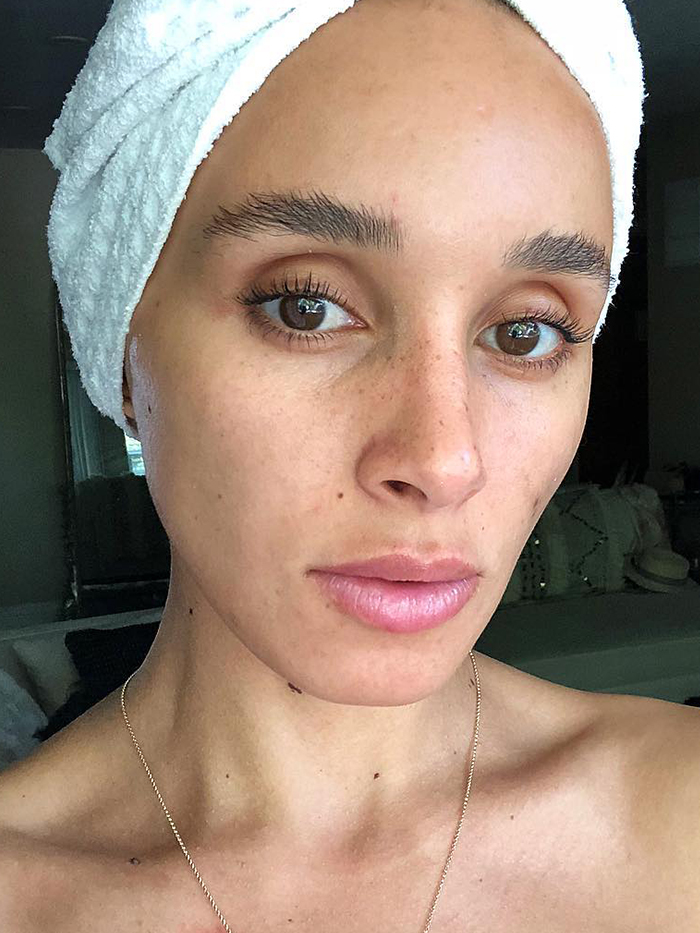
As we enter our thirties, it’s understandable to assume that we’ll start experiencing less breakouts as natural oil production starts to decline. However, that’s not to say that regular exfoliation isn’t necessary anymore.
Just because breakouts are most associated with teenage years, acne can still occur well into our thirties. "In my clinical practice I frequently see patients in their thirties with adult onset acne,” says Dr Catherine Borysiewicz, Consultant Dermatologist at the Cadogan Clinic. "Data suggests women are more frequently affected by adult acne compared with men. The exact reason for this is unknown, but felt to be related to fluctuating hormone levels: during periods or from birth control pills, and also during and following pregnancy. The role of stress is also becoming more apparent,” she warns.
Not only do regular acid treatments encourage cell turnover (something that starts slowing down in our thirties), they can also help to exfoliate for a clearer, more radiant complexion. Just remember, only exfoliate once or twice a week and always follow up with SPF.
Shop Acids
Vitamin C
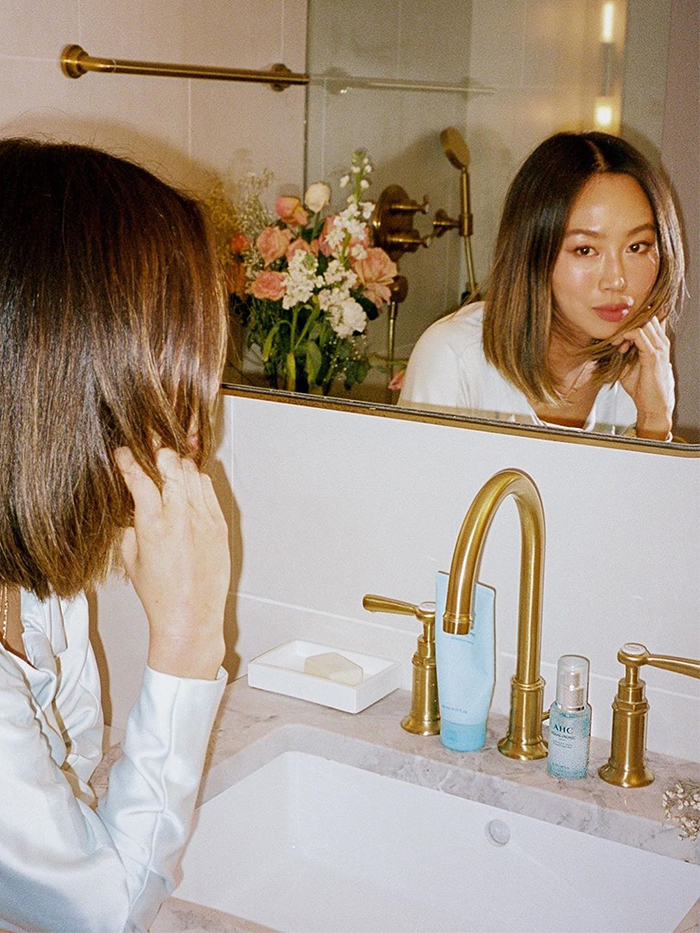
We’ve heard it time and time again, but it’s true that no skincare routine is complete without some sort of vitamin C product, especially if you’re in your thirties. But what exactly is it, and what does it do? To start with, vitamin C is a very powerful antioxidant that works against skin-damaging free radicals such as pollution and UV. And unfortunately, by the time we reach our thirties, the effects of free radical damage start to become more and more evident. "Vitamin C eradicates free radicals that have hidden within our skin cells that start to diminish our healthy cells, turning them into unhealthy, broken ones. It basically eats free radicals up like Pacman,” says Bolder.
On top of that, vitamin C is great for treating pigmentation and lightening dark spots without altering normal skin tone. Leading aesthetic doctor and surgeon, Dr Mayoni also warns, "In our thirties, pigment cells can start to become overactive and so the skin starts to look less plump, less hydrated and with more areas of pigmentation appearing.”
Shop Vitamin C Products
Hyaluronic Acid Serum

As a rule, it tends to be that the older we get, the more potent and active our skincare needs to be. However, there is one particular product that we can never have too much of. Although it sounds scary, hyaluronic acid isn’t actually an acid in the way that you might think. Whereas most acids work to exfoliate, hyaluronic acid is a powerful moisture-binder that occurs naturally in our skin.
What is a moisture-binder, I hear you ask? Able to retain up to x1000 its own weight in water, hyaluronic acid is able to hold onto any moisture and hydration in order to keep skin looking plump and supple. The bad news is that as we enter our thirties, our hyaluronic acid supplies start declining. "Upon reaching our thirties, our natural stores of hyaluronic acid decrease,” warns Rowan Hall-Farrise, Head of Global Education at QMS Medicosmetics. Not only does the amount that our skin naturally produces start to diminish, but years of exposure to free radicals also begins to wear our existing supplies down, hence why vitamin C is important. Are you keeping up?
"Using a hyaluronic acid serum twice a day is essential and be sure to apply it 10 minutes before you use any retinol,” advises Bolder.
Shop Hyaluronic Acid Serums
Collagen Treatment
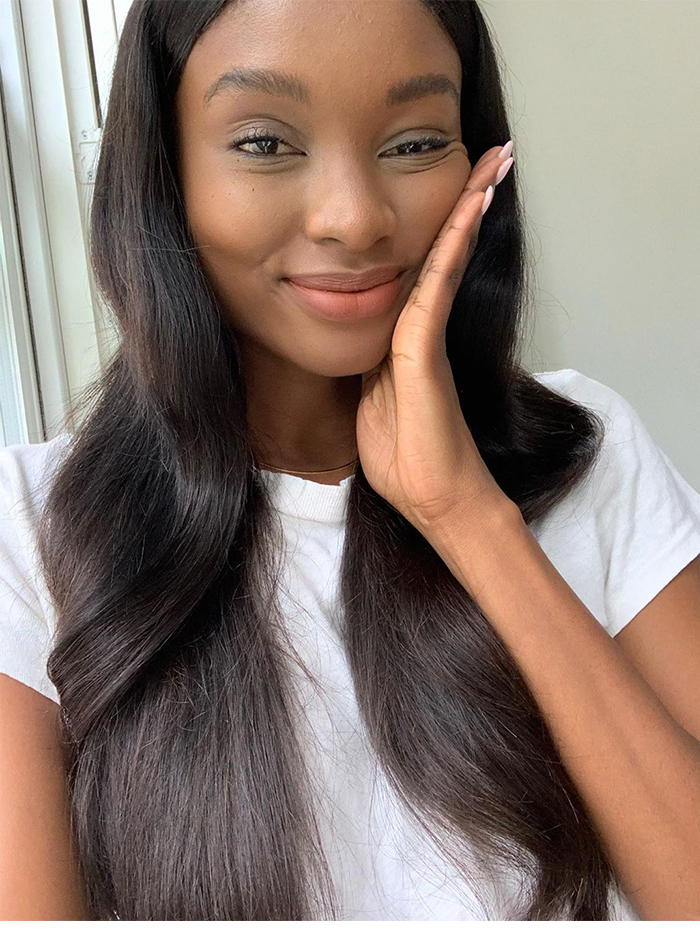
Collagen might just be one of the most-mentioned words in beauty advertising, but it’s actually quite a complex thing. A naturally-occurring protein, collagen is the stuff that really helps hold everything together and support the skin, making it healthy, plump and bouncy. Just like hyaluronic acid, free radicals and ageing start to impact our collagen production as we get into our thirties. "From the age of 25, our collagen production starts to decrease. Our late twenties and early thirties is when we should start incorporating collagen treatments into our regimens,” says Hall-Farrise.
However, despite what beauty brands might tell you, supplementing collagen isn't as easy as slapping on a collagen-infused face cream - the molecules are far too big to be absorbed by the skin. Luckily, there are ways to encourage the body’s natural collagen production, but we’re warning you that they don’t come cheap. "The professional treatment of microneedling helps to stimulate collagen, but you can also use stem cell products at home. The stem cells are there to encourage collagen stimulation and preserve the collagen that we have left in our skin,” says Bolder.
If you can't justify the expense, don't worry too much, keeping on top of your hyaluronic acid serums twice a day should be enough to keep skin looking plump and firm in the short term.
Shop Collagen-Boosting Products
Retinol
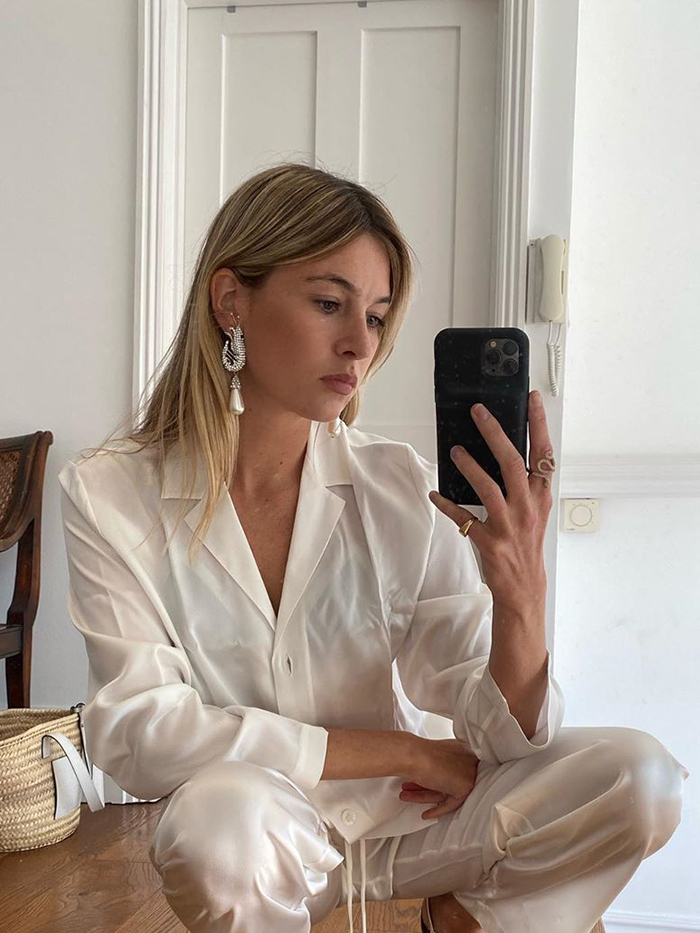
You knew this was coming, right? While it’s all too easy to switch off the minute you hear the word retinol (seriously, do we ever stop talking about it?), experts warn that now is actually the time to start paying attention. In fact, Bolder actually advises against using retinol any time before your mid-thirties. "Retinol should not be in your early thirties, but in your mid to late thirties I recommend starting to use a retinol at around 1%,” she says.
If you’re totally out of the loop with exactly what retinol does and why it’s beauty’s ingredient du jour, let me explain. A form of vitamin A (don’t be fooled by the word vitamin, this stuff is seriously powerful), retinol increases cell turnover and is thought to be one of the only skincare ingredients that can actually help reverse the signs of ageing. Dr Lauren Hamilton, aesthetic doctor and founder of Victor & Garth explains, "Retinol can really do wonders for your skin. It can improve skin texture, reduce pore size and minimise the appearance of fine lines and wrinkles. In our thirties, most of us will see results with retinol.”
But be warned, it’s not always fun and games. "Side effects of redness and peeling can take some getting used to, so start with a lower strength twice a week at night time only and build up,” says Dr Hamilton.
Shop Retinol Products
SPF

Sure, the importance of SPF application might not be specific to any one decade of your life, but it’s crucial to reiterate that it should always feature in your daily skincare routine if you want to protect your skin from sun damage and ageing. While daily sun cream application might have been considered a more preventative measure in your twenties, in your thirties you might be starting to notice the physical damage that prolonged sun exposure can cause. "Sun damage starts to come through in your thirties. So while vitamin C and retinol are needed to help reduce the damage already caused, SPF every single day will help prevent any further sun damage,” says Bolder.
Shop SPF
Next up, I've done my research, and these are the best anti-ageing products.
Shannon Lawlor is the beauty director at Who What Wear UK. With over a decade of experience working for some of the beauty industry’s most esteemed titles, including Marie Claire, Glamour UK, Stylist and Refinery29, Shannon’s aim is to make the conversation around beauty as open, relatable and honest as possible. As a self-confessed lazy girl, Shannon has an affinity for hard-working perfumes, fool-proof makeup products and does-it-all skincare.
-
 Salma Hayek Pinault's Key to Youthful Skin? Moisturizer Sandwiches and This "Turkey Neck" Treatment
Salma Hayek Pinault's Key to Youthful Skin? Moisturizer Sandwiches and This "Turkey Neck" TreatmentNo retinol, no peels, and absolutely no injectables.
By Jamie Schneider
-
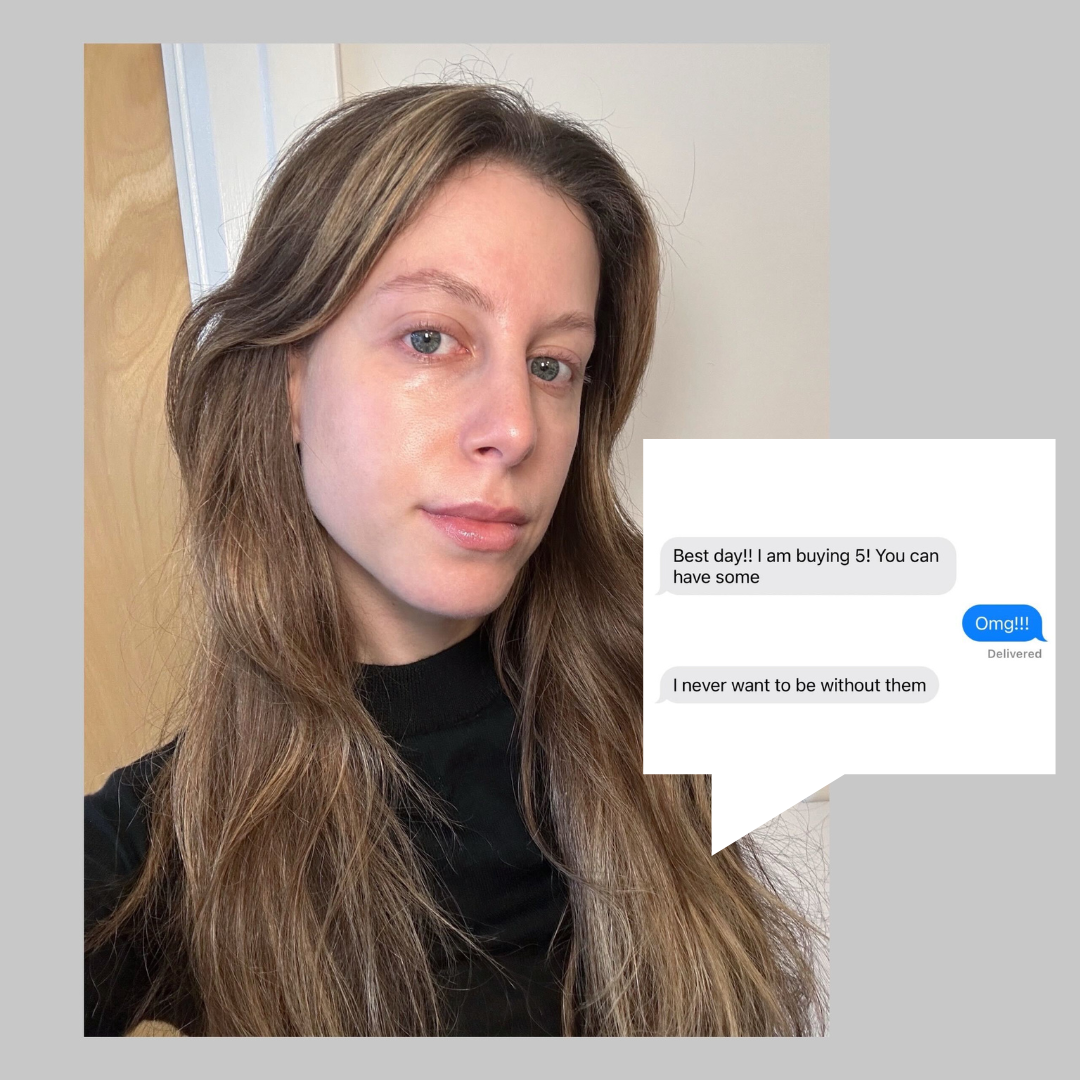 My 56-Year-Old Mom and I Agree—These Peel Pads Are the Secret to Brighter, Smoother Skin
My 56-Year-Old Mom and I Agree—These Peel Pads Are the Secret to Brighter, Smoother Skin"I'm literally addicted."
By Jamie Schneider
-
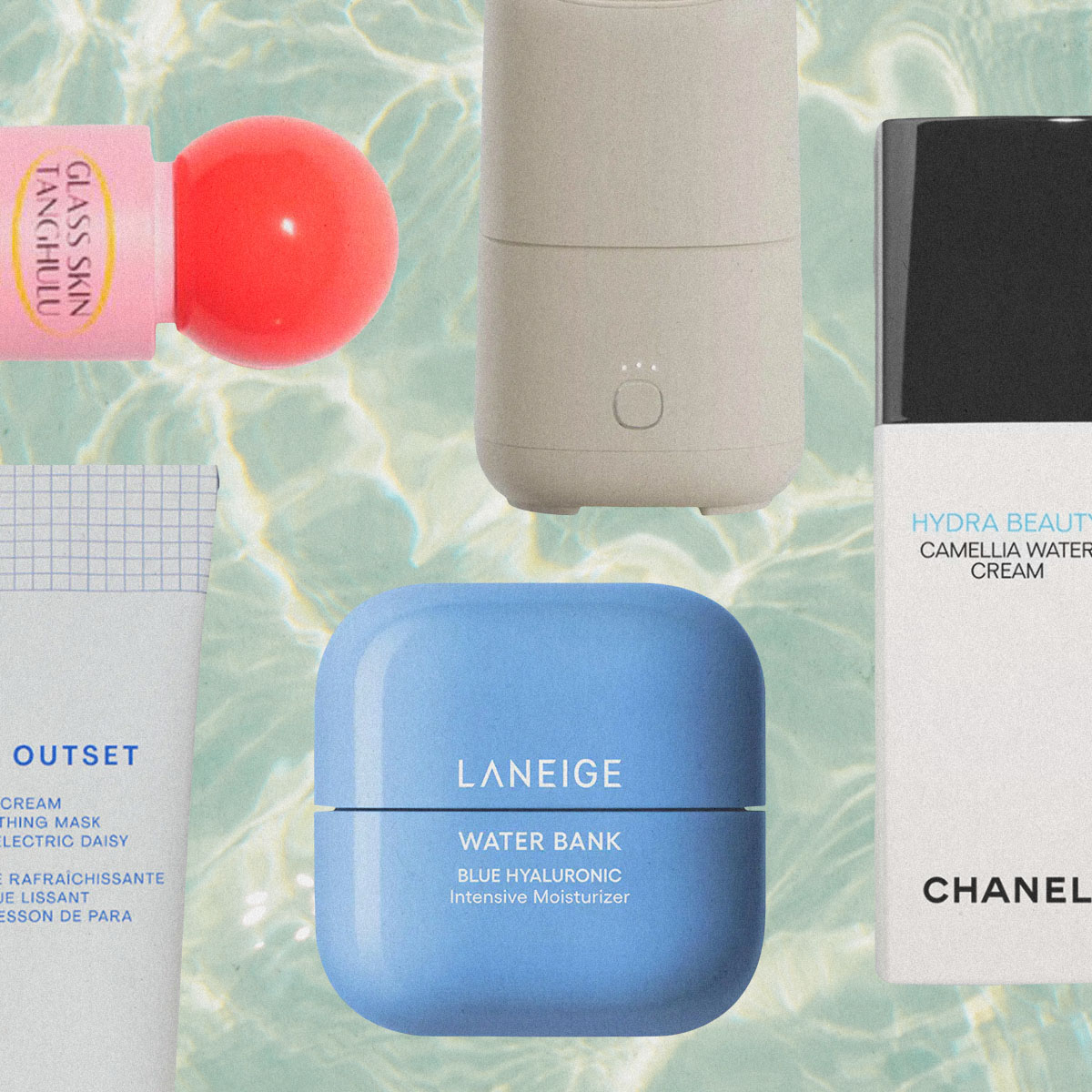 14 Strategic Skincare Products That Have Totally Saved My Dry, Perimenopausal Skin
14 Strategic Skincare Products That Have Totally Saved My Dry, Perimenopausal SkinHint: They all have one thing in common.
By Marie Lodi
-
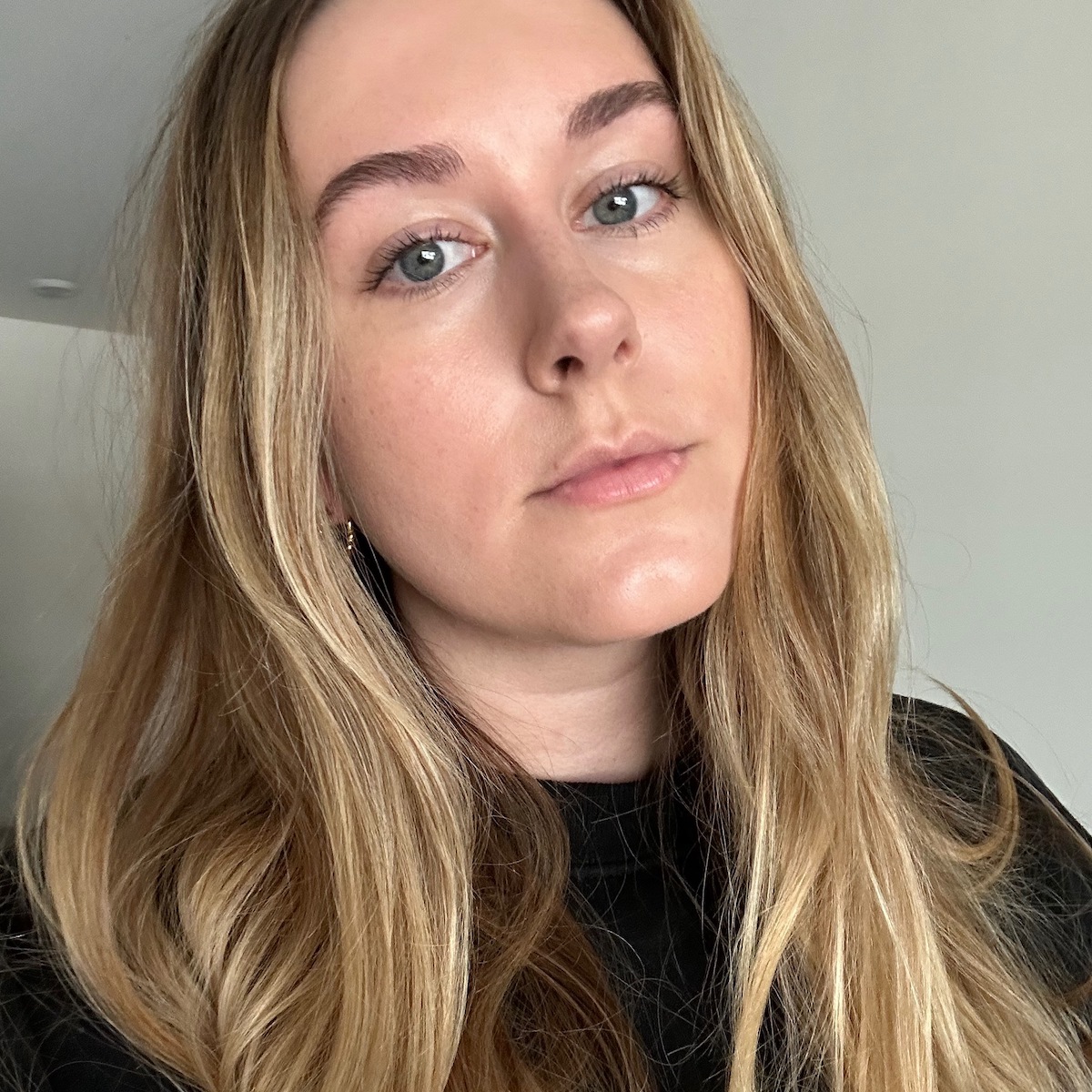 I'll Be 30 Next Year and Want the Best Skin of My Life—5 Swaps I'm Making
I'll Be 30 Next Year and Want the Best Skin of My Life—5 Swaps I'm MakingI'm prepping now.
By Kaitlyn McLintock
-
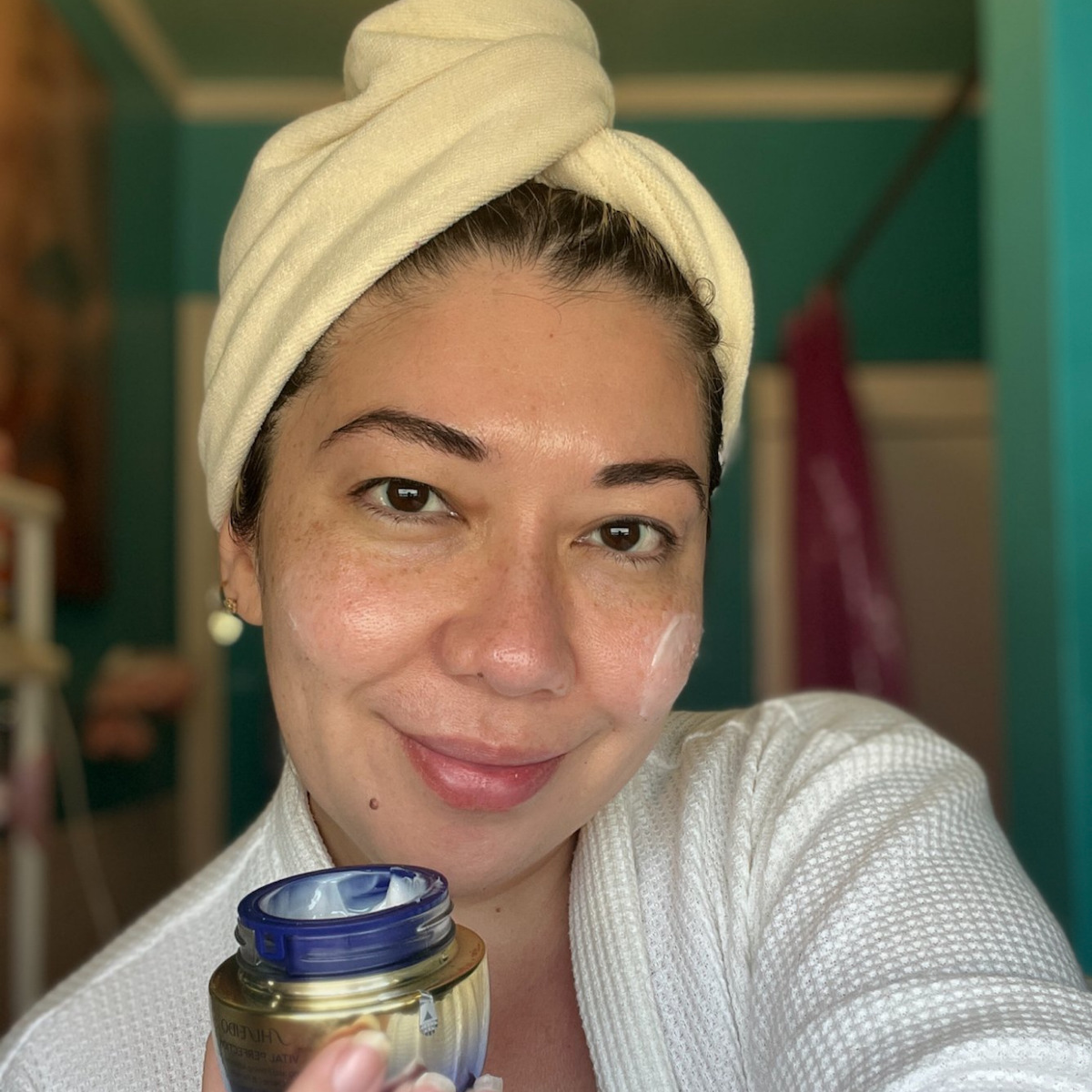 This Hero Japanese Skincare Ingredient Transformed My Dry, Perimenopausal Skin
This Hero Japanese Skincare Ingredient Transformed My Dry, Perimenopausal SkinI'm obsessed.
By Marie Lodi
-
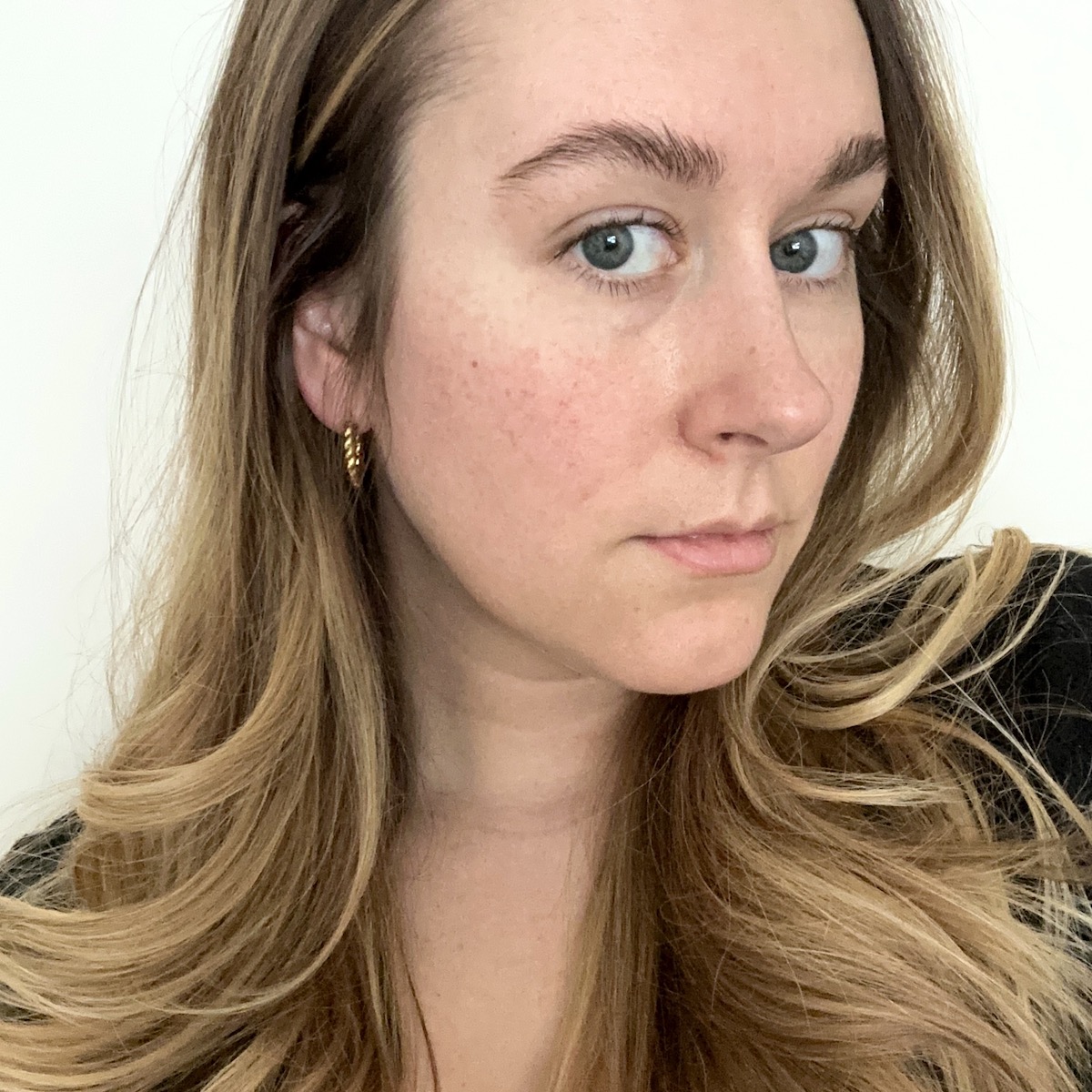 I'm 28, But My Neck Looks Way Older: I Asked 2 Derms What to Do About It
I'm 28, But My Neck Looks Way Older: I Asked 2 Derms What to Do About ItOperation "reverse-age my neck" has commenced.
By Kaitlyn McLintock
-
 An Expert Told Me This Cutting-Edge Molecule Is the Key to Visibly Youthful Skin
An Expert Told Me This Cutting-Edge Molecule Is the Key to Visibly Youthful SkinIt also gives you a serious glow.
By Shawna Hudson
-
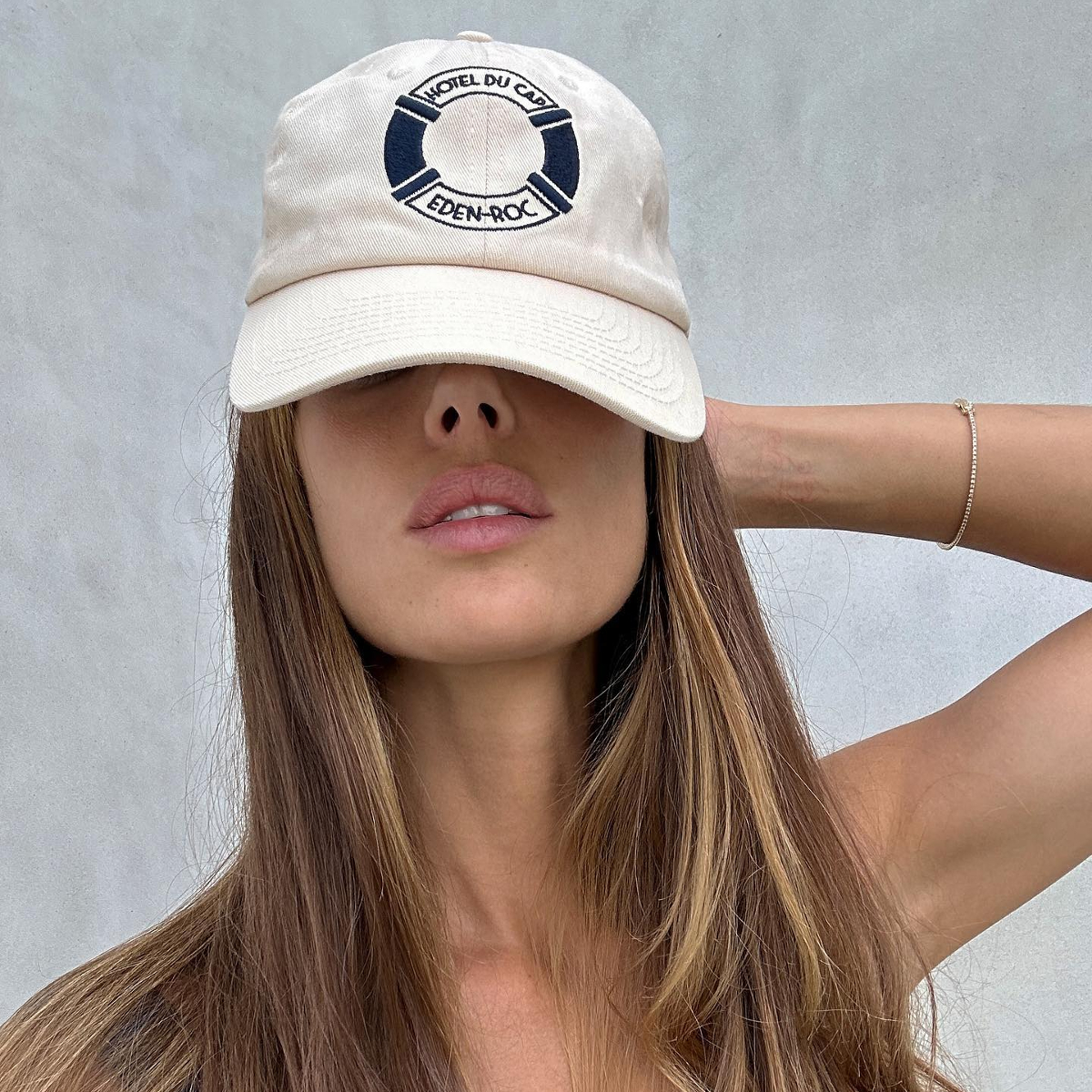 This Buzzy Noninvasive Treatment Can Smooth Fine Lines as Well as Botox
This Buzzy Noninvasive Treatment Can Smooth Fine Lines as Well as BotoxIt's definitely worth trying.
By Shawna Hudson
